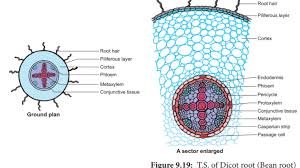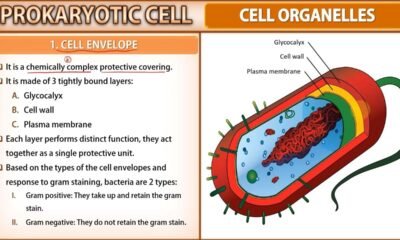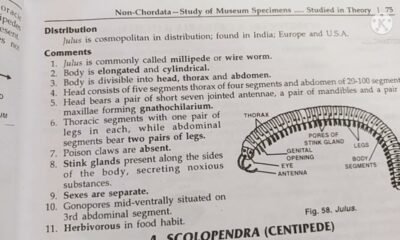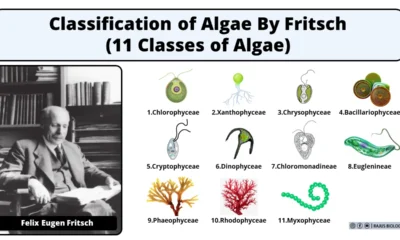Blog
Internal Structure of Dicot Root Notes | Free Biology Notes

This article we will discuss about Internal Structure of dicot Root
The transverse section of a Dicot Root reveals the following structures
Epiblema / rhizoderm / piliferous layer
- Outermost layer of root & composed of thin, closely packed parenchyma
- The cuticle and stomata are absent
- Epidermal cells extend out in form of tubular hairs is called root hairs
- Epiblema has following functions: uptake of water and mineral salts from the soil and provide maximum surface area for absorption
Cortex
- It is situated below the epiblema
- Cortex consists of parenchymatous cells with intercellular spaces
- Cortex has following functions: store food and
- Conduct water from epiblema to the inner tissues
Endodermis
- This layer is barrel shaped cells present between the pericycle and cortex
- Casparian strips are present on wall of endodermis
- Casparian strip is made up of suberin & lignin
- Strip acts as a water dam or check post to prevent the flow of fluids between cortex and phloem
- Endodermis cells opposite to the protoxylem are without casparian strips is called passage cells
- These cells help move water and dissolved salts from the cortex to the xylem
Pericycle
- Pericycle present below the endodermis and made up of single layer of thick walled parenchymatous cells
- It is very important layer
- Pericycle has following functions: Lateral roots in dicot arise in this tissue and cork cambium also develops from it
Vascular bundles
- Vascular bundles are radial and exarch
- Xylem and phloem are separate and equal in number
- Tetrarch condition is found ( In some plants diarch to hexarch)
- Ficus bengalensis root is polyarch
- Parenchyma which is found between the xylem and phloem is called conjunctive tissue
- Vascular bundles has following functions: conduction of water and food materials
Pith
- Young root contains pith whereas in old root pith is absent.
- In young root only a small area in the center and consists of few compactly arranged, thin-walled parenchymatous cells

 Blog7 months ago
Blog7 months ago[PPT] Human Reproduction Class 12 Notes
- Blog7 months ago
PG TRB Botany Study Material PDF Free Download
- Blog7 months ago
Contribution of Indian Phycologists (4 Famous Algologist)

 Blog7 months ago
Blog7 months agoCell The Unit of Life Complete Notes | Class 11 & NEET Free Notes

 Blog7 months ago
Blog7 months ago[PPT] The living world Class 11 Notes

 Blog7 months ago
Blog7 months agoJulus General Characteristics | Free Biology Notes

 Blog7 months ago
Blog7 months agoClassification of Algae By Fritsch (11 Classes of Algae)
- Blog7 months ago
Class 12 Biology Notes Chapter wise PPT












